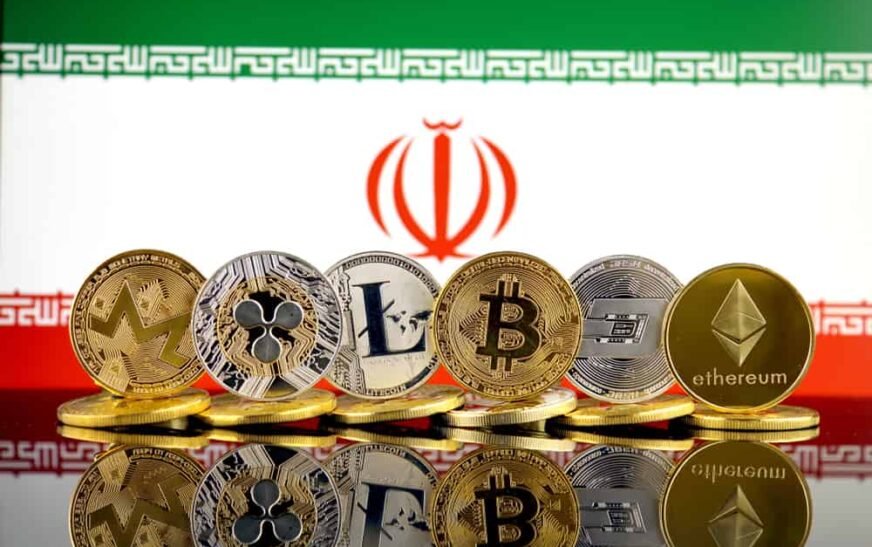Iranian crypto outflows have surged 70% year-over-year, reaching $4.2 billion in 2024, according to blockchain analytics firm Chainalysis. This increase highlights a growing reliance on digital assets as economic instability and geopolitical tensions push individuals and businesses to seek alternative financial channels.
Bitcoin and Stablecoins Drive Capital Flight
The rise in crypto transactions from Iranian exchanges spans multiple digital assets, with Bitcoin playing a significant role. Its self-custodial nature and censorship resistance make it an attractive option for users looking to bypass financial restrictions. Stablecoins have also seen increased adoption, providing Iranians with a hedge against currency volatility.
Despite strict controls, including a freeze on exchange withdrawals in December 2024, Iranians continue to turn to cryptocurrency. Chainalysis notes that financial restrictions and lack of access to the global banking system are major drivers behind this trend.
Sanctioned Crypto Activity at Record Highs
In 2024, sanctioned jurisdictions and entities received $15.8 billion in cryptocurrency, accounting for 39% of all illicit transactions. The U.S. Treasury’s Office of Foreign Assets Control (OFAC) has ramped up enforcement, yet decentralized platforms like Tornado Cash continue operating. The platform saw a 108% year-over-year increase in transaction volume, underscoring the resilience of decentralized finance (DeFi) against regulatory efforts.
Legal Challenges to Crypto Sanctions
A U.S. federal appeals court recently ruled that OFAC overstepped its authority by sanctioning Tornado Cash’s smart contracts, leading to a court order to reverse the sanctions. This decision highlights the ongoing regulatory challenges in controlling DeFi protocols without undermining decentralization and privacy.
As sanctions tighten, Iran’s crypto exodus signals a broader trend—one where digital assets continue to thrive despite government crackdowns.


















































